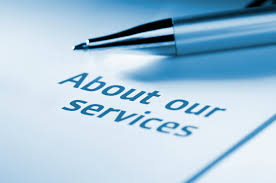In the intricate dance of human relationships, empathy and emotional intelligence emerge as profound catalysts for understanding, compassion, and authentic connection. As we navigate the complex landscape of emotions, these qualities become not just tools but beacons that guide us toward creating a more empathetic and harmonious world.
Empathy is the art of truly understanding and sharing the feelings of others. It’s more than a fleeting moment of sympathy; it’s an immersive experience that bridges the gap between hearts and minds. Whether celebrating joys or navigating sorrows, empathy allows us to connect on a deeper, more meaningful level.
Emotional intelligence complements empathy, weaving a tapestry of self-awareness, self-regulation, social skills, and emotional motivation. It’s the ability to navigate the intricate web of emotions—both ours and those of others—with grace and understanding. Together with empathy, emotional intelligence forms the bedrock of genuine human connection.The heartbeat of empathy is active listening. When we truly listen, without judgment or interruption, we create a space where others feel heard and valued. This simple act lays the foundation for authentic connection.
Emotional intelligence starts with self-awareness. Taking time for introspection allows us to understand our own emotions, paving the way for better self-regulation and a deeper connection with others.
Words hold immense power. Choosing language that reflects empathy and understanding fosters an environment where emotions can be shared openly. Thoughtful communication builds bridges and dissolves barriers.
An empathetic heart is a curious heart. Asking questions and seeking to understand someone’s unique experiences and perspectives fosters a culture of appreciation and inclusivity.
In both personal and professional spheres, empathy and emotional intelligence fortify relationships. They create an environment where trust and mutual respect can thrive, laying the groundwork for collaboration and cooperation.
When conflicts arise, empathy becomes a powerful mediator. Understanding the emotions underlying the discord allows for more effective resolution, turning moments of tension into opportunities for growth.
On a broader scale, a society that values empathy and emotional intelligence is one that prioritizes the well-being of its members. It becomes a collective effort to understand, support, and uplift one another.
In the tapestry of human connection, empathy and emotional intelligence are the vibrant threads that weave a narrative of understanding and compassion. As we cultivate these qualities within ourselves and encourage them in others, we contribute to a world where the language of the heart transcends boundaries, fostering a deeper sense of unity and shared humanity.







